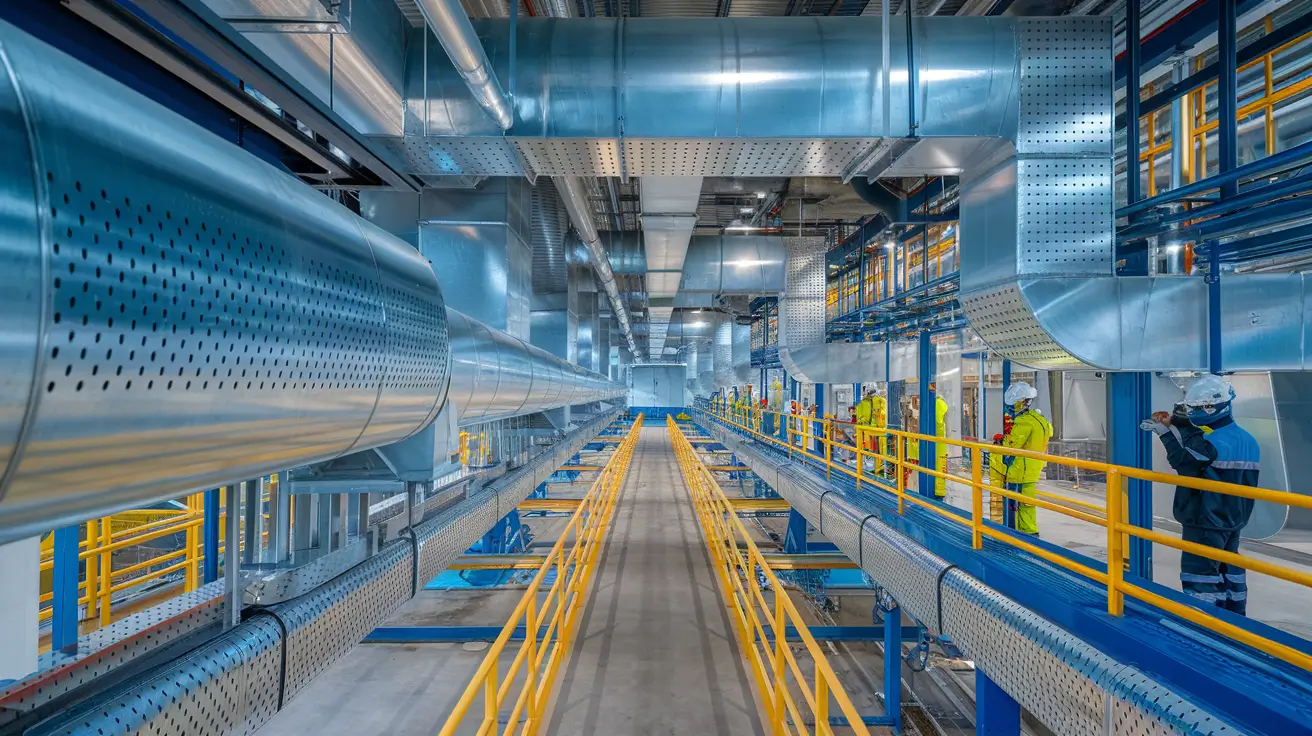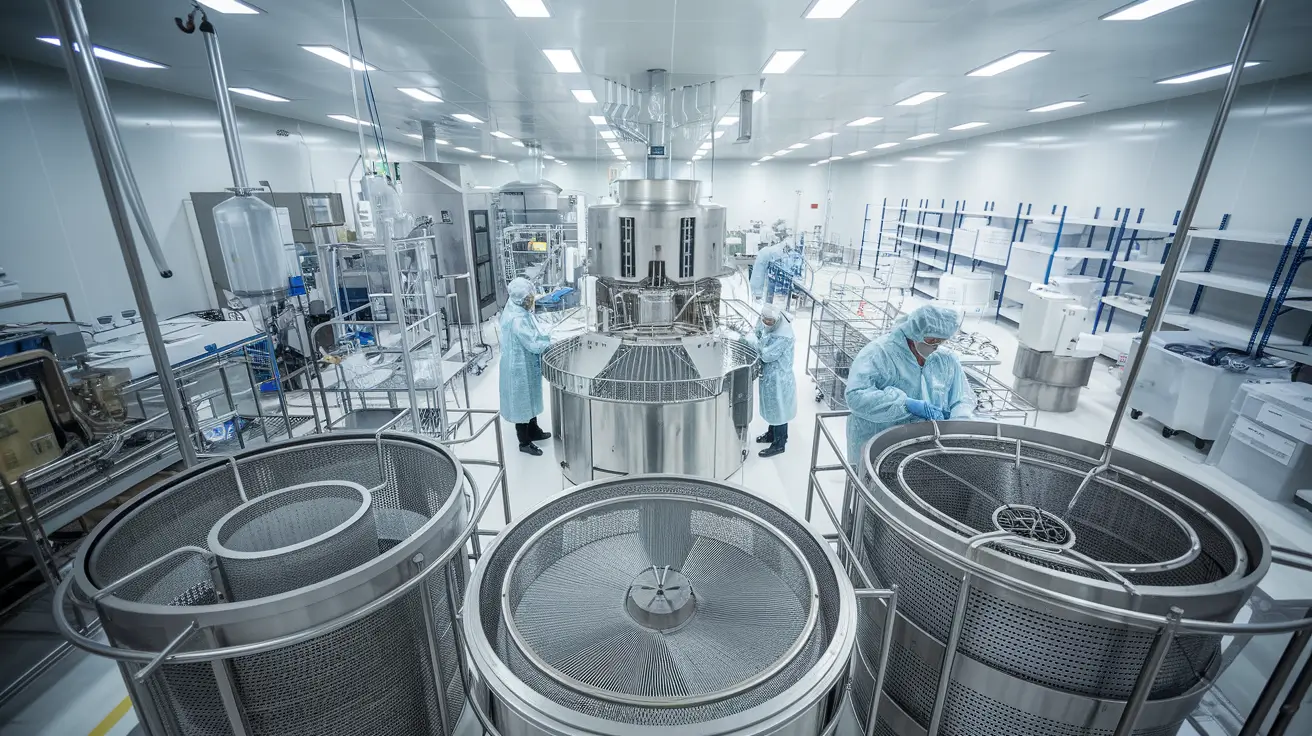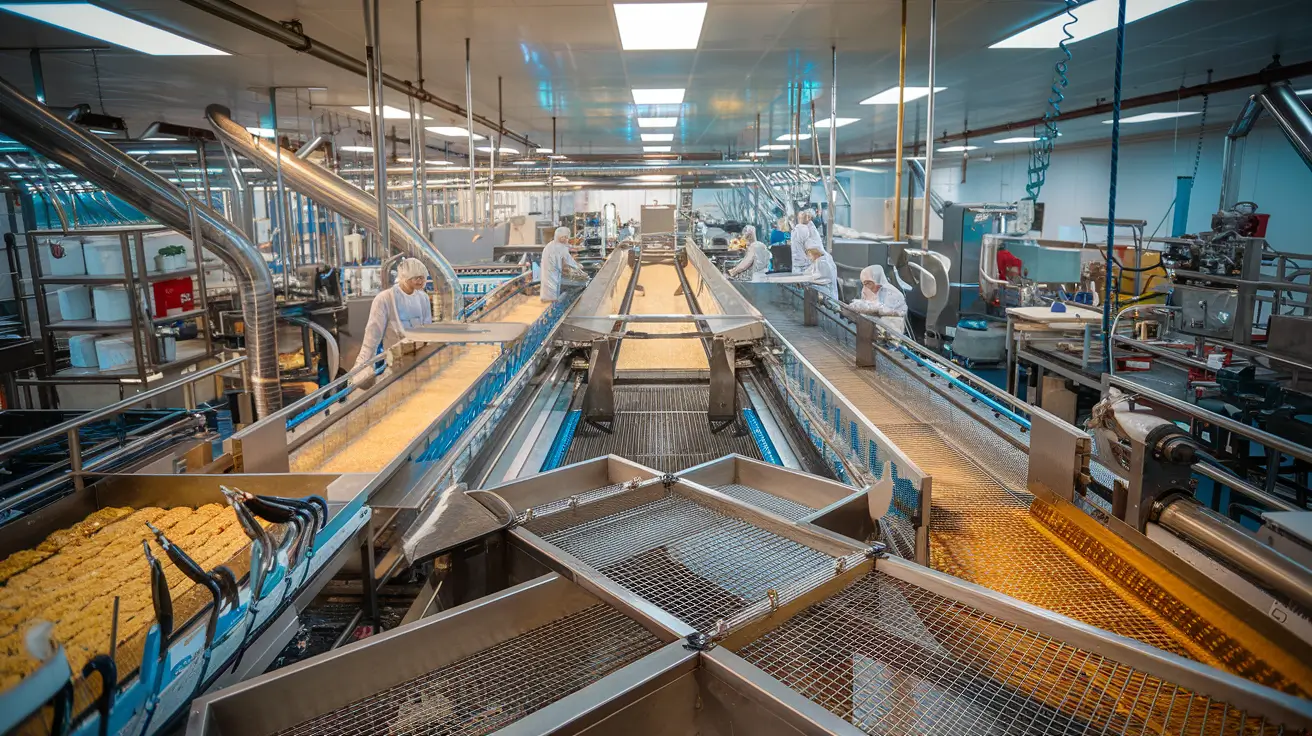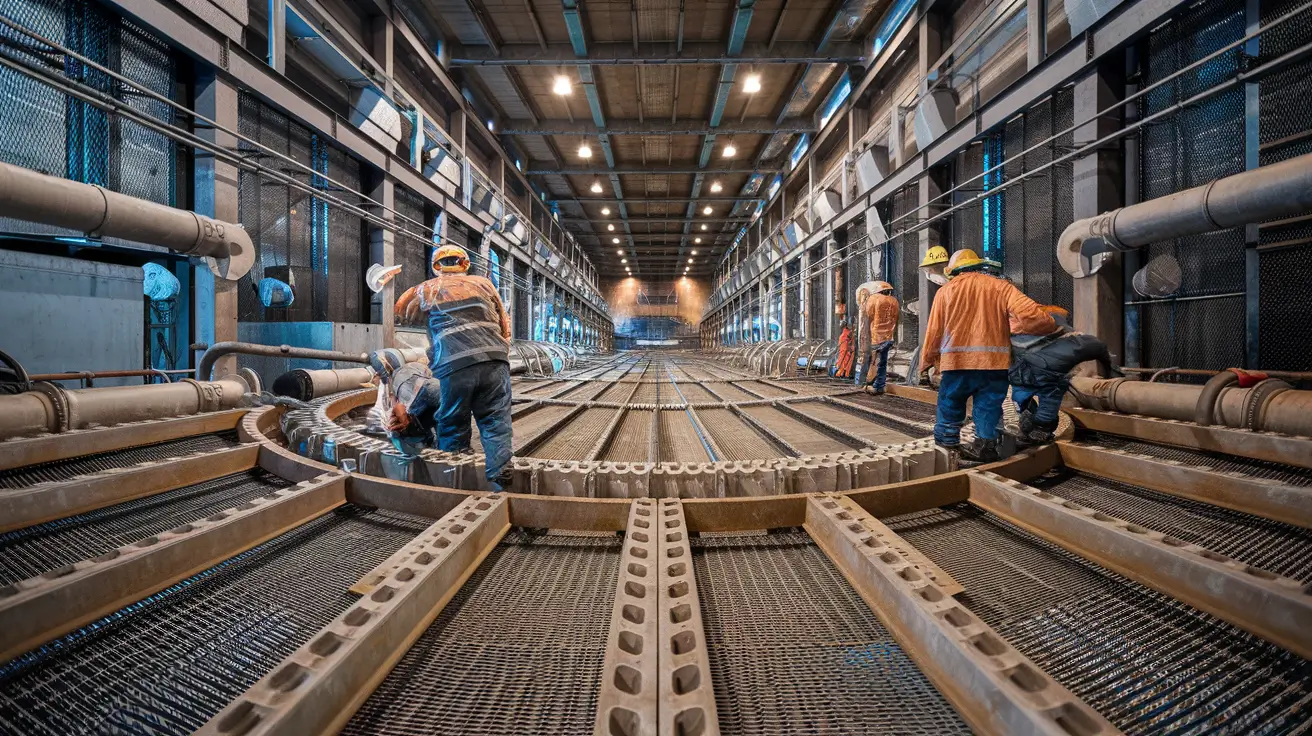Introduction
As the demand for high-performance lithium-ion batteries accelerates, stainless steel wire mesh and graphene are emerging as synergistic enablers in advanced material manufacturing. While graphene’s role in enhancing battery capacity and conductivity is well-documented, the critical contributions of stainless steel wire mesh in graphene synthesis and electrode fabrication remain underappreciated. This article explores novel applications of stainless steel wire mesh in graphene production, electrode engineering, and sustainable battery design, offering actionable insights for manufacturers aiming to dominate the $200B+ lithium battery market
1. Precision Templating for Graphene Synthesis
Stainless steel wire mesh serves as a structural template and growth substrate in cutting-edge graphene synthesis techniques.
- Chemical Vapor Deposition (CVD): High-temperature-resistant stainless steel meshes (e.g., SS316L) act as substrates for large-scale graphene growth. The mesh’s uniform apertures ensure controlled carbon precursor diffusion, enabling monolayer graphene with <5% defects
- Electrochemical Exfoliation: Meshes coated with graphene oxide (GO) facilitate ultra-fast electrochemical reduction, achieving 90% conversion efficiency while minimizing energy consumption. This method is pivotal for producing conductive graphene foams used in flexible electrodes
2. Enabling Graphene Composite Electrodes
Stainless steel wire mesh provides mechanical stability and 3D conductive frameworks for graphene-enhanced anodes and cathodes.
- Silicon-Graphene Anodes: A patented approach embeds silicon nanoparticles within a graphene-wrapped stainless steel mesh. The mesh’s tensile strength (>500 MPa) counters silicon’s 300% volume expansion, extending cycle life by 150% compared to conventional designs
- Lithium-Metal Deposition: In lithium-sulfur batteries, mesh-reinforced graphene layers act as dendrite-suppressing barriers. Trials show a 40% reduction in short-circuit risks under 5 mA/cm² current density
3. Revolutionizing Battery Separators
Stainless steel wire mesh hybrids are redefining separator technology for safer, high-energy-density batteries.
- Graphene-Coated Meshes: Functionalized meshes with graphene oxide (GO) coatings achieve ultra-low ionic resistance (0.5 Ω·cm²) while blocking polysulfide shuttling in Li-S batteries. This innovation boosts energy density to 450 Wh/kg
- Thermal Runaway Mitigation: Composite separators integrating stainless steel mesh and graphene exhibit 150°C thermal stability, delaying thermal runaway by 30 minutes—a critical safety breakthrough for EV applications
4. Sustainable Manufacturing & Cost Efficiency
Stainless steel wire mesh drives green production and cost reduction in graphene-based battery supply chains.
- Recyclable Templates: Meshes used in CVD processes can be reused >50 times, slashing graphene production costs by 60%.
- Waste Minimization: Precision sieving via 635-mesh stainless steel screens reduces graphene agglomerates by 80%, optimizing raw material utilization
5. Future Trends & Market Opportunities
With the graphene battery market projected to hit $1.5B by 2030, stainless steel wire mesh innovations are key to unlocking breakthroughs:
- AI-Optimized Mesh Designs: Machine learning algorithms now tailor mesh geometries (e.g., hexagonal vs. Dutch weaves) to specific graphene growth kinetics, improving yield rates by 25%
- Nano-Engineered Surfaces: Plasma-treated SS304 meshes enhance graphene adhesion strength by 300%, enabling ultra-thin (<5 nm) conductive layers for solid-state batteries.
Conclusion
From templating graphene synthesis to stabilizing next-gen electrodes, stainless steel wire mesh is the unsung hero of lithium battery innovation. Manufacturers investing in customized mesh solutions—such as high-temperature alloys and AI-driven designs—will lead the race for safer, higher-capacity energy storage systems.





